Fujian Trip 14 - 22 Mar 2008 (Part 1 - Xiamen)
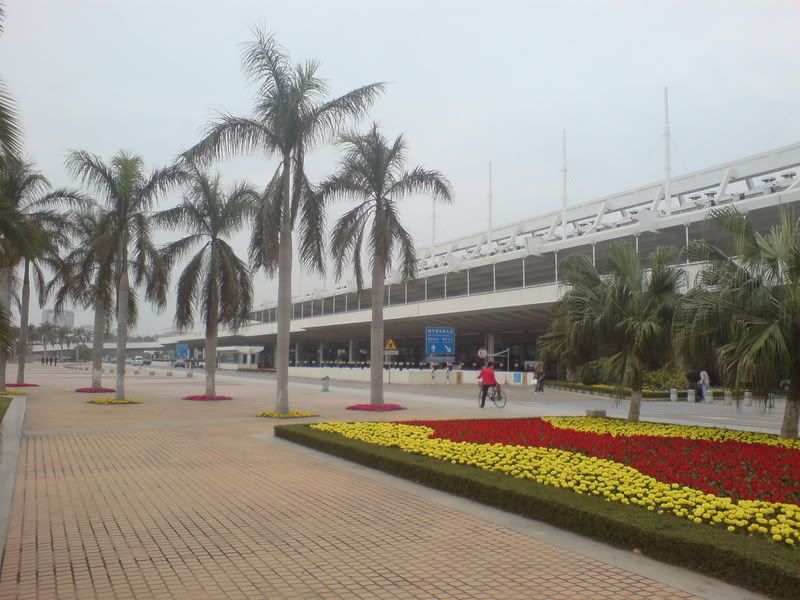
Gaoqi International Airport is the gateway to Xiamen. Small airport compared to Guangzhou's Baiyun Airport but it has very nice landscaping outside with palm trees and lots of flowers. From the airport, Bus 27 takes you right downtown to Zhongshan Road. Bus fares in Xiamen are typically 1Y.
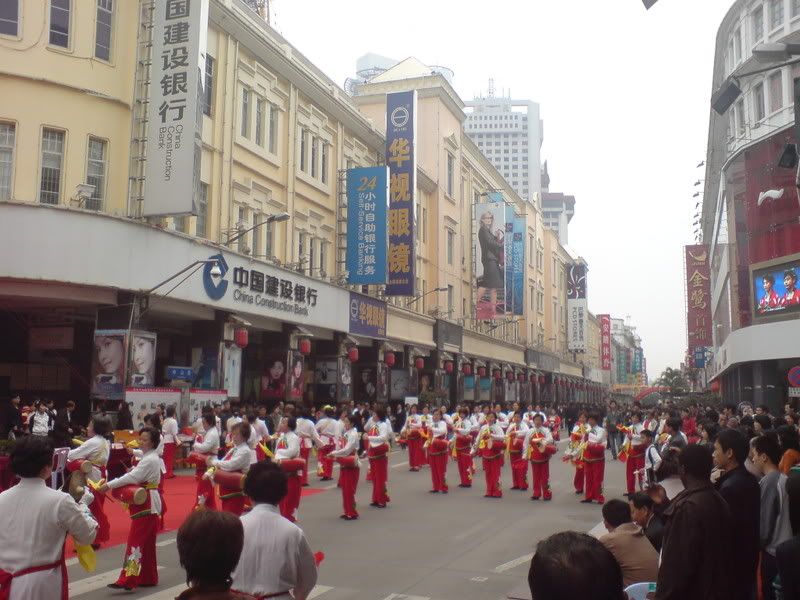
Zhongshan Road (中山路) is probably the busiest road in town (similar to Orchard Road in Singapore) and also known as "步行街" simply because the road is closed to cars so that pedestrians can walk on it while navigating the rows of shops, many of which are international brands like Giordano, Baleno and G2000. There's even 美珍香 bak kwa outlets there. On the day I arrived, a line dance performance by the senior citizens greeted me.
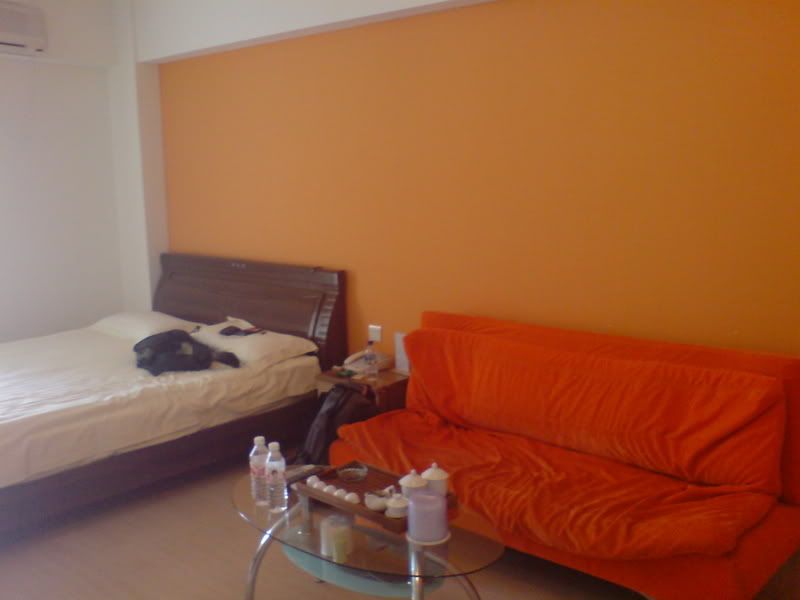
My room is actually an apartment costing me 138Y per night. This place is very close to Zhongshan Road where I can do my shopping at night. I simply love to shop at Trust Supermarket nearby. There's also some nice food around there.
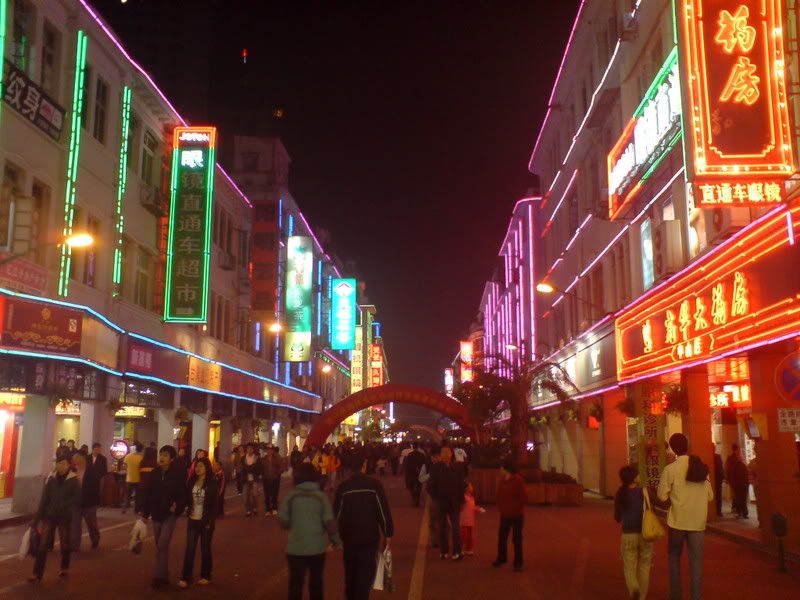
This is a photo of Zhongshan Road at night with the neon lights.
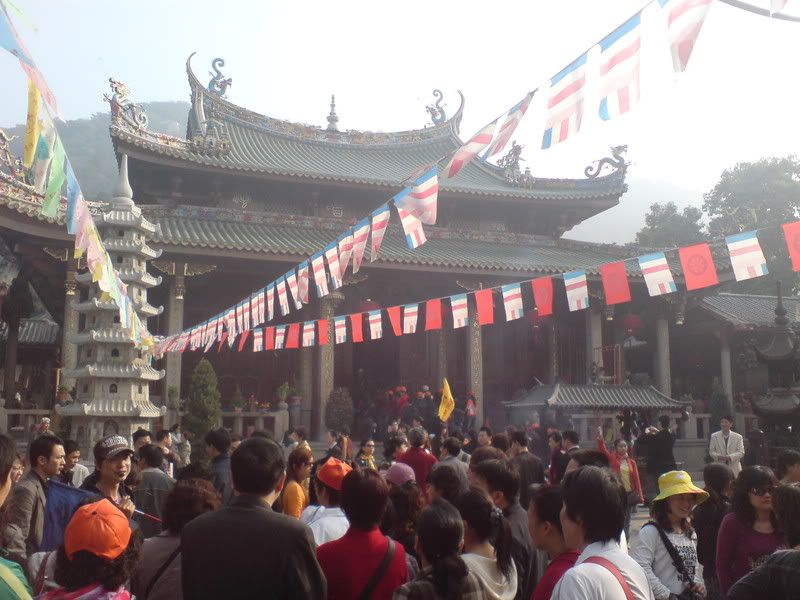
Nanputuo Temple (南普陀寺) is the oldest Buddhist temple in Xiamen and within walking distance of Xiamen University. Bus 1 goes to here from Zhongshan Road. As a popular tourist attraction in Xiamen, there is an entrance charge of 3Y. There is supposedly very good vegetarian meal here but I did not get to try it as the restaurant opens only after 12 noon.
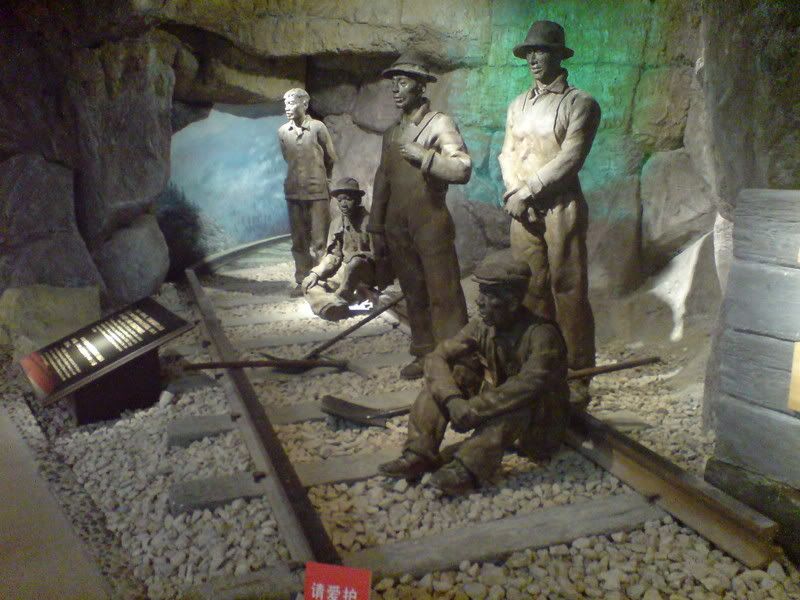
Within walking distance from Nanputuo Temple is the Overseas Chinese Museum (华侨博物馆). It is a real gem because you really feel proud after touring the exhibits that exalted the virtues and contributions of overseas Chinese both within and outside China. Aptly, at the end of the museum tour, there is a globe symbolising the spread of the Chinese race throughout the world and a tree that has deep roots symbolising that we need to remember our homeland. Is China our homeland? I am not sure if everyone is agreeable on that.
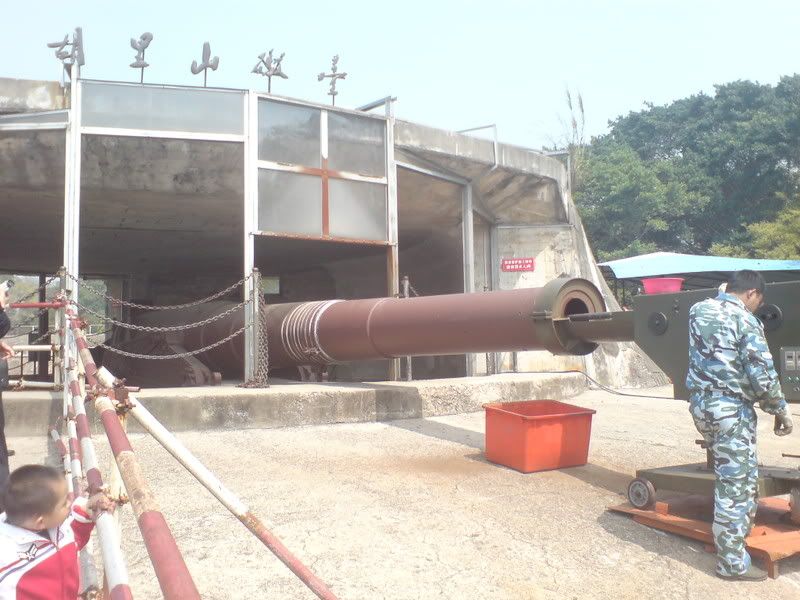
The Huli Shan Fort (胡里山炮台) is also within the same vicinity as the Nanputuo Temple and the Overseas Chinese Museum but one must take a short bus trip to reach this military installation that dated back to the Qing Dynasty. Today, the guns here point towards Taiwan although it has not been used for war for a long time. Let's hope it will never be used again.

This is taken from the beach next to the fort. The weather is pretty cold but there are still quite a lot of people having picnics along the beach. You can just catch a glimpse of Kinmen Island (金门岛) which is the closest island that belongs to Taiwan. I read that you can actually catch a small boat for a closer look at Kinmen at 96Y. But I gave this a miss hoping that one day I can actually take the boat to visit Kinmen and not just look at it from a distance.
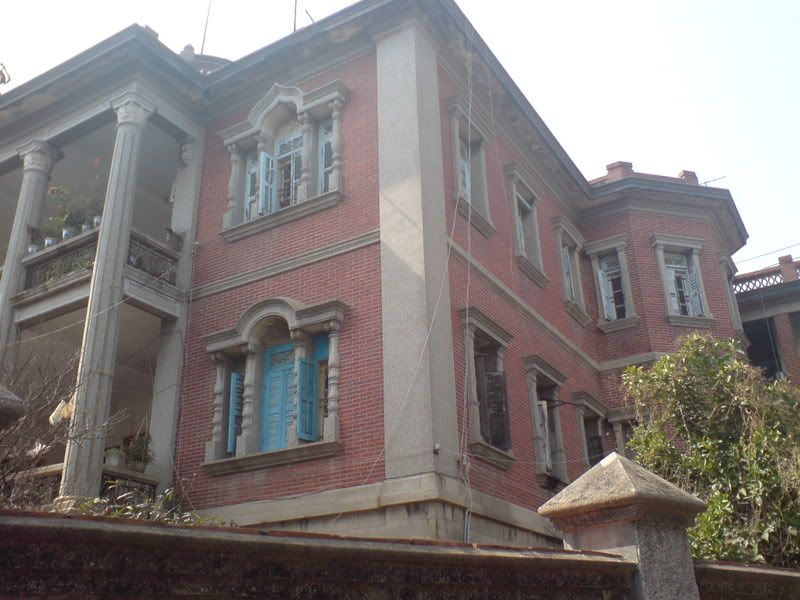
Gulangyu (鼓浪屿) is an island that is off Xiamen that is touted as the main tourist attraction. They say if you have not visited Gulangyu, you did not really come to Xiamen. The island is special in that there are no cars allowed on it. The buildings are of a very colonial feel because they used to be owned by Europeans who set foot in Xiamen after the Opium War. The island is also known as "piano island" because almost every household there owns a piano. There are some museums on the island of which I visited the Koxinga Memorial Museum (郑成功纪念馆). Koxinga is a Chinese folk hero that recovered Taiwan from the Dutch in 1662.
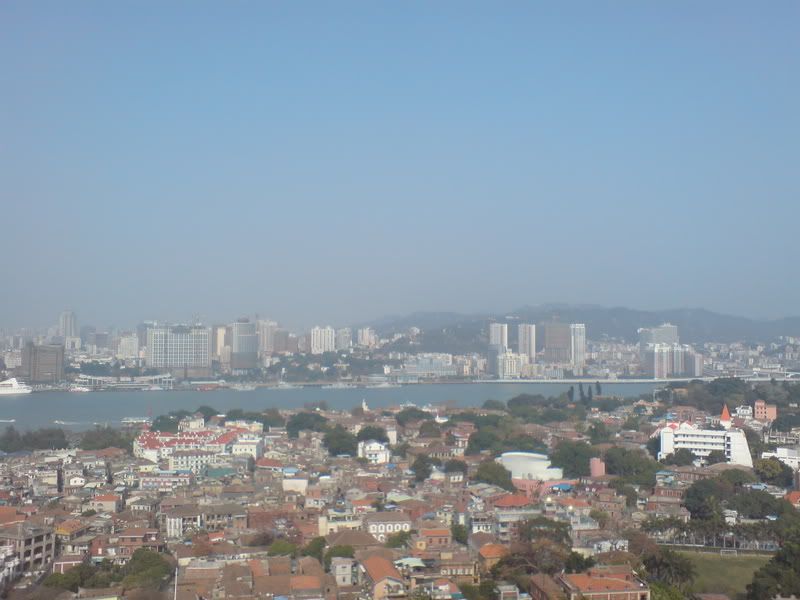
From Sunlight Rock (日光岩) or the highest point on Gulangyu, you can actually see an aerial view of Xiamen. It was extremely crowded on the day I went (was weekend), so you can imagine the crowd trying to climb onto this not very big rock. Ferry from Xiamen is free but the return trip is 10Y. There is an extra charge of 60Y if you want to visit Koxinga Museum and climb the rock. The museum is worth it but the rock is probably better enjoyed on a day where there are less people.